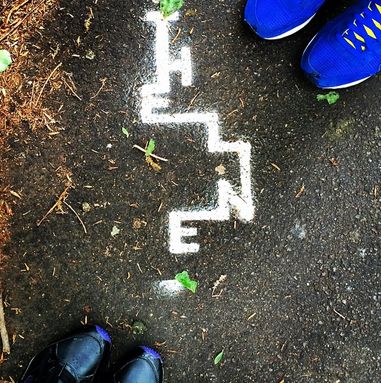
Just over a week ago London welcomed its first dedicated contemporary art walk to the city. Designed to make art more accessible to the masses and to encourage Londoners to discover the East like never before, The Line takes explorers between Stratford and North Greenwich, following the Greenwich Meridian line. Co-founded by Art Dealer Megan Piper and Regeneration Specialist-come-Urban Transformer Clive Dutton OBE, the project relies on the support of visitors, patrons and businesses for its very existence, demonstrating the potential for urbanists, artists and both the public and private sectors to collaborate.
The Line professes that ‘no one journey is the same’, and given that part of the route is temporarily blocked off, and that people are bound to take their own detours, I’m sure this will prove true.[...]
The Line professes that ‘no one journey is the same’, and given that part of the route is temporarily blocked off, and that people are bound to take their own detours, I’m sure this will prove true.[...]
My journey took me from North to South, starting off in Stratford, with Anish Kapoor’s iconic ‘Orbit’ triggering the nostalgic feeling so many of us can’t deny, and ending up at North Greenwich, near the world-famous O2 Arena.
The first three mile stretch of the River Lea started by Dane’s Yard, taking me past the numerous play areas within Three Mills Green - microcosms of the peacemaking features seen on a larger scale at the celebrated Queen Elizabeth Park. Thomas J Price’s sculpture ‘Network’ was first on the list, having made its way down from Yorkshire Sculpture Park. Looming over the route the technology-inspired piece demonstrated well the stance of the average man on the street - a slave to his technological hand-held master. Next came The House Mill, the largest tidal mill in the world, whose facade would have you believe you were in Stratford-upon-Avon rather than Stratford. Inside, video art pioneer Bill Viola wows with his “Transfigurations” series, which sees figures brought to life by crossing an apparent wall of water which is naked to the eye. As the figures then retreat back through the wall, their colour and vivacity fades away, their very existence becoming obscured before vanishing. Despite at times being reminded of the bedraggled hair of Verbinski’s ’Samara’ in The Ring, the haunting depiction of life and death was spookily beautiful and fascinating to watch.
A detour down Twelvetrees Crescent took me past derelict industrial buildings offering their own creative input, with walls adorned with graffiti and reflections distorted by smashed glass. After rejoining the River Lea Abigail Fallis’s shopping trolleys, located by Amazon’s Distribution Centre, were a welcome sight. Configured like a DNA strand - hence the name DNA DL90 - this was to be one of my favourites. With the sight of Canary Wharf’s HSBC tower looming between the bars of the metal baskets, Fallis’s sculpture comments on the consumerism now seemingly inherent in humankind’s very fibres - serving as the real life shopping baskets to Amazon’s virtual ones.
The journey further downstream revealed the hidden layers of East London - the industrial, undiscovered and at times desolate land that stands behind the well-manicured nearby city. A glimpse of the stacked up tips sitting in front of the Canary Wharf skyline revealed the even dirtier side of London’s banking district.
No bank HQ backdrop was afforded to Damien Hirst’s ‘Sensation’ further South - although we need no reminders of the business world with a Hirst - instead Cody Dock stood behind, whose small community included a charming boat cafe and chicken coop. A true hidden gem tucked away and invisible to the general public, this find alone makes The Line worth the trek.
Next was on to Star Lane to catch the DLR to Royal Victoria Dock where a trio of sculptures were waiting by the waters edge: Sterling Ruby’s Consolidator #654321, Martin Creed’s Work 700 and Eduardo Paolozzi’s Cubism-inspired Vulcan. The Emirates Cable cars offered overhead views of all three on the journey across the Thames to North Greenwich, along with Canary Wharf, the O2 and Gormley’s distinctive Quantum Cloud which was to be next attraction.
No bank HQ backdrop was afforded to Damien Hirst’s ‘Sensation’ further South - although we need no reminders of the business world with a Hirst - instead Cody Dock stood behind, whose small community included a charming boat cafe and chicken coop. A true hidden gem tucked away and invisible to the general public, this find alone makes The Line worth the trek.
Next was on to Star Lane to catch the DLR to Royal Victoria Dock where a trio of sculptures were waiting by the waters edge: Sterling Ruby’s Consolidator #654321, Martin Creed’s Work 700 and Eduardo Paolozzi’s Cubism-inspired Vulcan. The Emirates Cable cars offered overhead views of all three on the journey across the Thames to North Greenwich, along with Canary Wharf, the O2 and Gormley’s distinctive Quantum Cloud which was to be next attraction.
The tallest of Gormley's numerous sculptures, the steel structure wouldn’t have been complete without the silhouette of a figure looming at its core, seen more overtly at ground level. Ever a fan of Sir Anthony's work, I doubt that The Line would have felt quite complete without it. The Thames Path led me to ‘Here’ by Thomson & Craighead, which could easily have been missed by the unobservant. Instead I somehow managed to miss Richard Wilson’s ‘A Slice of Reality’…I’ll save this one for next time!
Undoubtedly the line needs perfecting, with directions sometimes unclear and some sculptures seemingly missing from the map, however I couldn’t help but think that The Line really is a fantastic way to encourage people to explore place. In my opinion there can never be too much public art - placing it out in the public domain is the best way to engage those it was ultimately designed for. When Jon Snow said ‘art is meaningless unless people intersect with it’ he was right, and what better place for people to intersect than on their own turf, away from the gaze of the white cube’s invigilators.
Just as public curiosity is triggered every time the Fourth Plinth artwork is updated in Trafalgar Square, so too will public intrigue follow the progress of The Line, whether they physically walk it or merely read about it. As East London increasingly develops a character of its own and its potential becomes fully realised, the current works will help navigate through the nature at its heart, acting as way finders along the line marking the starting point of every time zone in the world. If ever an answer to the question ‘can art be used to distinguish place?’ was needed, The Line stands as an answer in itself. And The Angel of the North, the Landseer Lions of Trafalgar Square and The Heavy Horse of Scotland, to name but a few, will be nodding their heads in triumph.
Just as public curiosity is triggered every time the Fourth Plinth artwork is updated in Trafalgar Square, so too will public intrigue follow the progress of The Line, whether they physically walk it or merely read about it. As East London increasingly develops a character of its own and its potential becomes fully realised, the current works will help navigate through the nature at its heart, acting as way finders along the line marking the starting point of every time zone in the world. If ever an answer to the question ‘can art be used to distinguish place?’ was needed, The Line stands as an answer in itself. And The Angel of the North, the Landseer Lions of Trafalgar Square and The Heavy Horse of Scotland, to name but a few, will be nodding their heads in triumph.

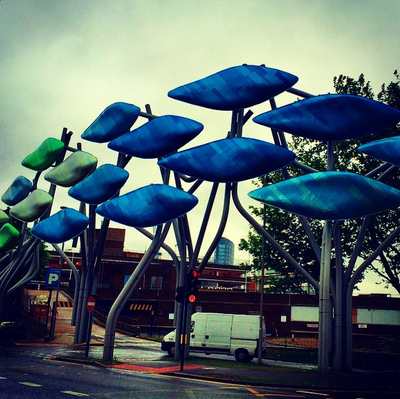

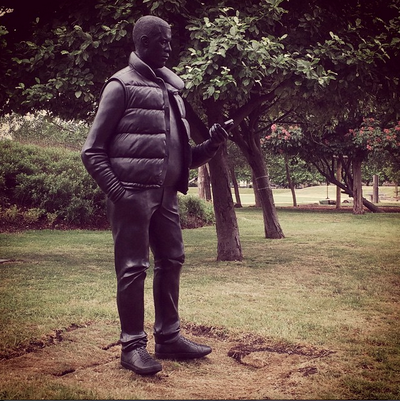

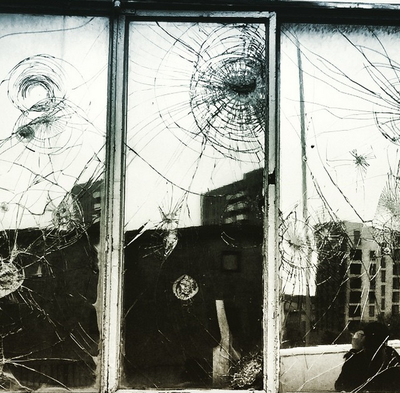

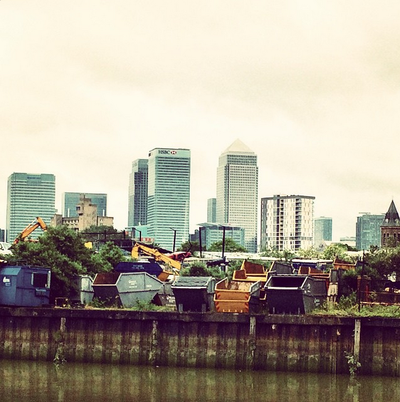
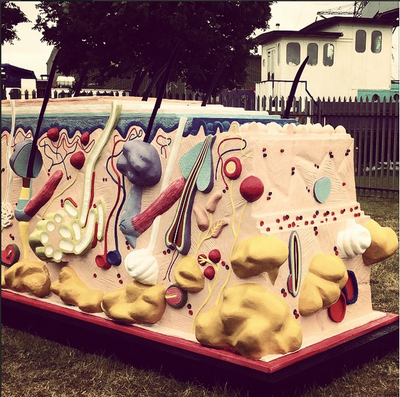











 RSS Feed
RSS Feed
